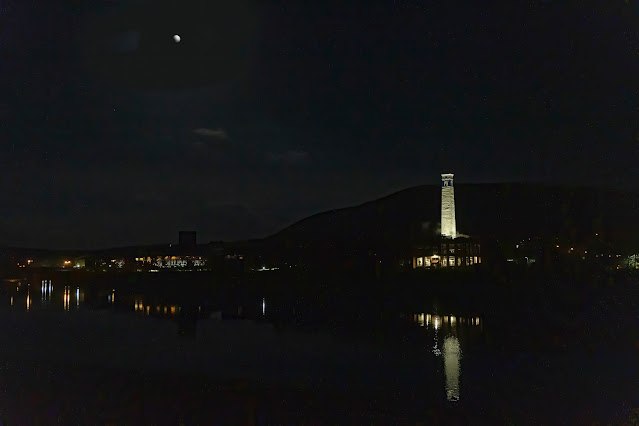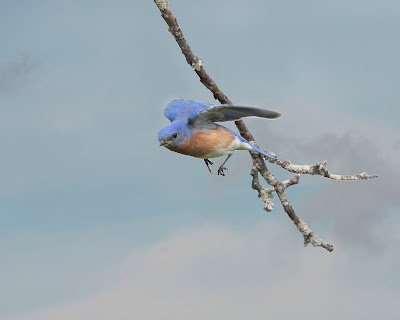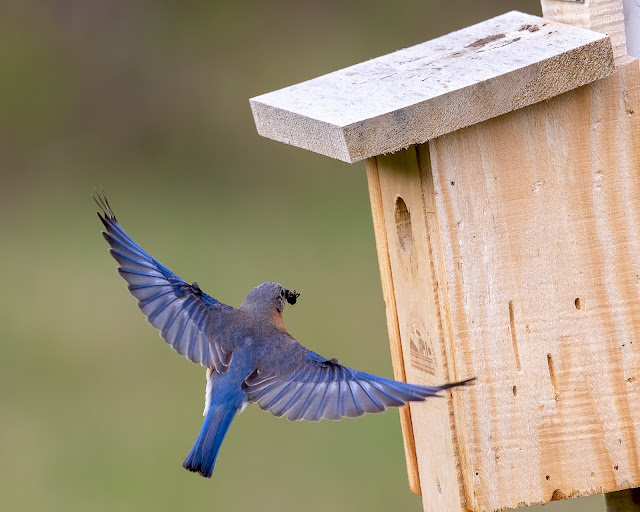Last night was one of two lunar eclipses for 2022. (Another is on October 28.) Unlike the majority of such events in Corning, the sky cleared. Failure is surely an option in much of the Northeast US for any given eclipse on the calendar.
There are two ways to see the eclipse, the first being as the unaided eye offers it. The moon is actually quite small, and even smaller seen in a cell phone's wider angle lens. You can see that eclipse is too high to include landmarks on the ground in the scene. Here is the view across the river towards the Corning Incorporated Headquarters. This was early in the eclipse.
I actually like it because it puts a lot of attention on the iconic Little Joe Tower that is emblematic of the city and the company.
That's fine, but you really want to see the blood moon which quickly crosses the sky. Here is my presentation of about 8 minutes elapsed as it approached maximum color.
Note that as the eclipse darkened, a few stars were visible. The moon is red because the shorter wavelengths of light bouncing off the moon are filtered out by the atmosphere.As I was packing my gear to return home, the air becoming foggy. Typical.
Paul



















